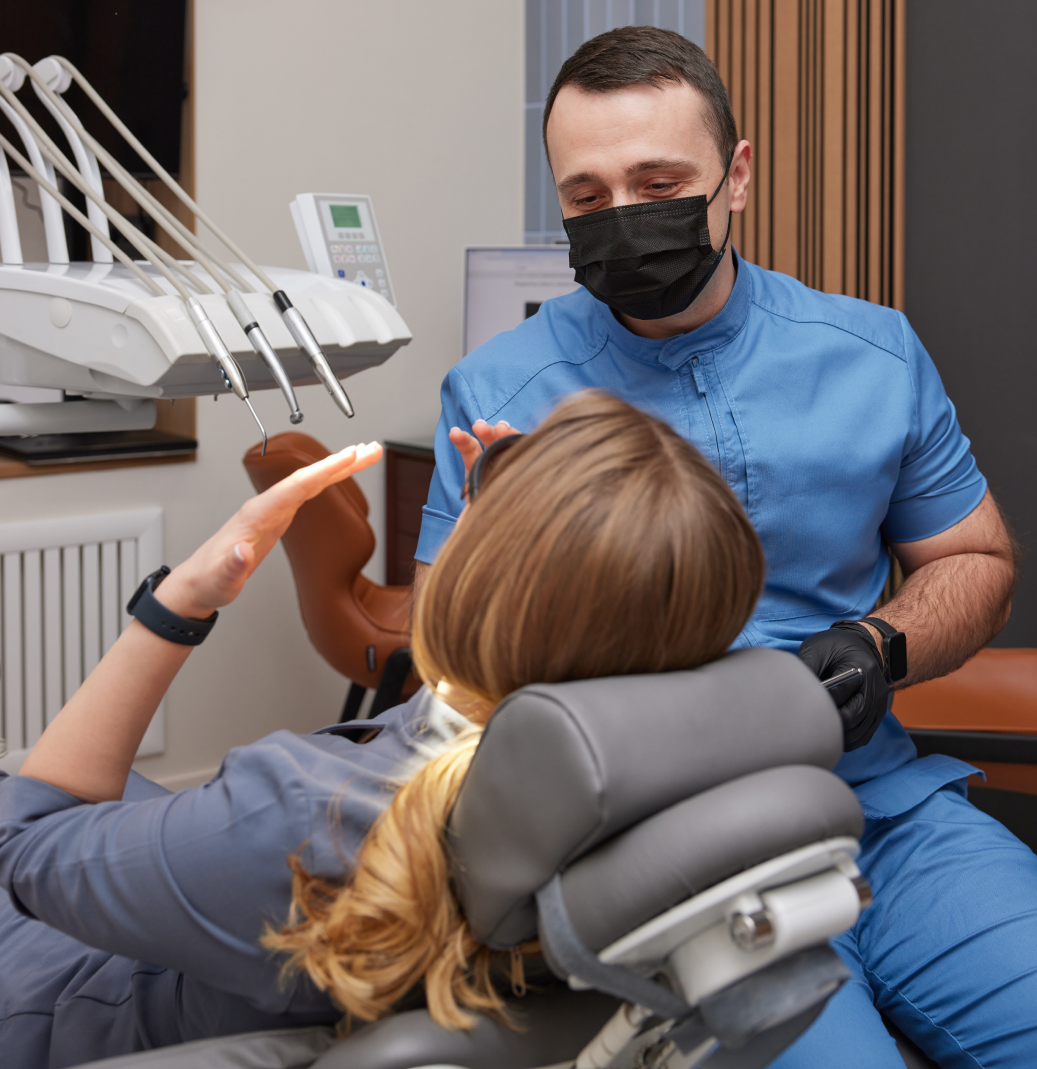The syndrome of pain dysfunction of the temporomandibular joint (TMJ disorder) is an integrative clinical characteristic of the manifestations of temporomandibular joint disease and masticatory muscle dysfunction. It is accompanied by restricted lower jaw movement, pain, and impaired alignment of the joint surfaces without degenerative changes. A critical component of this disorder is specific psychopathological phenomena, such as personal anxiety, generalized anxiety disorder, chronic stress, and depression, which often go unnoticed by dentists.

To assess anxiety levels, the Hospital Anxiety and Depression Scale (HADS) was used. The results revealed that 29% of patients (18 people) had clinically significant anxiety, 25.8% (16 people) had subclinical anxiety, and 45.2% (28 people) had normal anxiety levels. Regarding depression, 79% (49 people) showed no signs of depression, while 9.7% (6 people) had subclinical depression, and 11.3% (7 people) exhibited clinically significant depression.
Statistical analysis showed that women had higher anxiety scores than men. The mean anxiety score for women was 9.20 (normal range 0-7), while their depression score remained within normal limits (4.98). In men, the mean anxiety score was 6.00, and the depression score was 3.62, both within normal limits.
Statistical analysis showed that women had higher anxiety scores than men. The mean anxiety score for women was 9.20 (normal range 0-7), while their depression score remained within normal limits (4.98). In men, the mean anxiety score was 6.00, and the depression score was 3.62, both within normal limits.

The findings indicate a high prevalence of anxiety disorders in TMJ patients, particularly among women. Personal anxiety in dentistry plays a significant role as it contributes to chronic TMJ pain, bruxism, increased muscle tension, and occlusal disorders. Additionally, anxious patients tend to have lower adherence to treatment and a higher risk of persistent pain syndromes.
The link between psychosomatic TMJ disorders and anxiety necessitates a comprehensive treatment approach that includes gnathological correction, psychotherapy, cognitive-behavioral therapy (CBT), relaxation techniques, and pharmacological support when necessary. In our clinic, patients with TMJ pain and stress-related symptoms receive specialized psychotherapeutic assistance aimed at reducing anxiety and improving their emotional state.
Thus, incorporating high-frequency keywords such as "TMJ dysfunction and anxiety," "bruxism and stress," "chronic TMJ disorder symptoms," and "psychosomatic TMJ disorders" enhances the article’s relevance in search engines, making it more accessible to specialists and patients. It also promotes awareness of the strong relationship between emotional well-being and TMJ disorders, ultimately leading to better patient outcomes
The link between psychosomatic TMJ disorders and anxiety necessitates a comprehensive treatment approach that includes gnathological correction, psychotherapy, cognitive-behavioral therapy (CBT), relaxation techniques, and pharmacological support when necessary. In our clinic, patients with TMJ pain and stress-related symptoms receive specialized psychotherapeutic assistance aimed at reducing anxiety and improving their emotional state.
Thus, incorporating high-frequency keywords such as "TMJ dysfunction and anxiety," "bruxism and stress," "chronic TMJ disorder symptoms," and "psychosomatic TMJ disorders" enhances the article’s relevance in search engines, making it more accessible to specialists and patients. It also promotes awareness of the strong relationship between emotional well-being and TMJ disorders, ultimately leading to better patient outcomes

Authors
Budovsky A.I., Gorchakova N.M., Filippov D.O., Minalenko V.I.
Dental Clinic of Dr. Budovsky
"Center for Postgraduate Education of Medical Professionals"
First Saint Petersburg State Medical University named after I.P. Pavlov
Saint Petersburg, Russia
gorchakova05@mail.ru
Address: Villa 728 A, Al Wasl Rd, Jumeirah 3, Dubai, UAE
Phone: +971 55 401 1505



